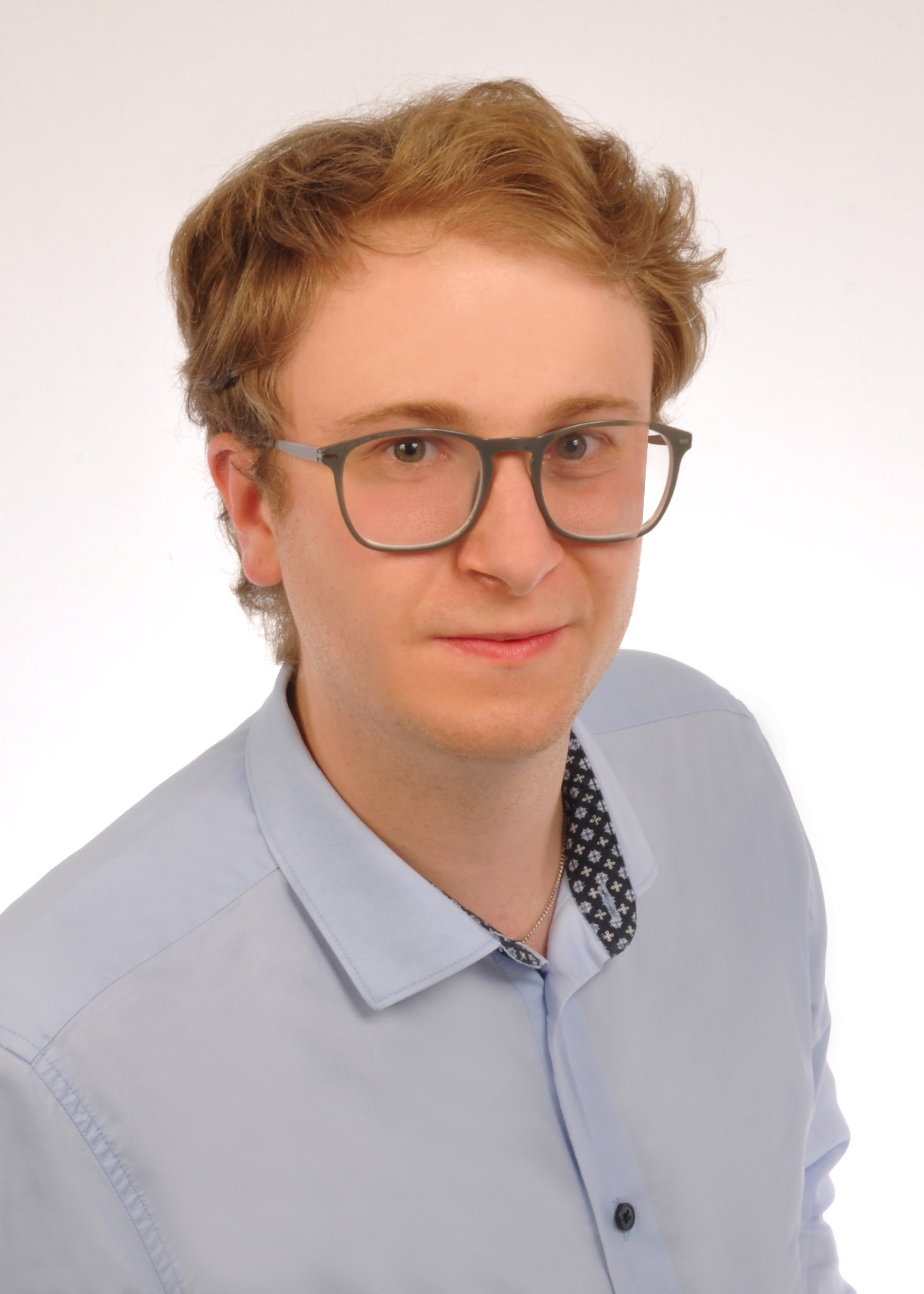This award honors an author who made the most innovative contribution to experimental thermodynamics of solids technical literature during the two calendar years prior to selection.
The Navrotsky Award for Experimental Thermodynamics of Solids will be awarded for the most valuable contribution to experimental thermodynamics of solids literature during the two calendar years prior to selection.
The Award is a $5,000 cash prize accompanied by a certificate containing a citation of the achievement on which the Award is based. The presentation of the Award is made at the Annual Society Meeting and the recipient is expected to present a talk on the work cited for the award or closely related to it.
Nomination Process
Submit an authored paper published in the two years prior to the deadline through the awards portal on the ACerS website. The paper should have a focus on an innovative contribution to the experimental thermodynamics of solids technical literature. All nominations including self-nominations are welcome. A technical article is defined as a paper involving original work on experimental thermodynamics of solids published in a peer-reviewed science journal that includes papers on topics of ceramics, materials science, chemistry, physics, earth and planetary science, environmental science or related fields.
The innovative contribution can relate to instrument and technique development, new thermodynamic data, applications of new materials based on thermodynamic analysis, and/or new concepts relating thermodynamics, structure and function. While the experimental thermodynamics component of the technical article must be primary, it can be linked to theoretical, crystallographic, and spectroscopic studies, or to database development. The emphasis of the technical article must be on fundamental and rigorous science.
Award Namesake
Dr. Alexandra Navrotsky is a Regents Professor in the School of Molecular Sciences and the School for Engineering of Matter, Transport and Energy and Affiliated Faculty Member of the School of Earth and Space Exploration. She is also the Director of the Navrotsky Eyring Center for Materials of the Universe. Her research interests have centered around relating microscopic features of structure and bonding to macroscopic thermodynamic behavior in minerals, ceramics, and other complex materials. She has made major contributions to both mineralogy/geochemistry and to solid state chemistry/materials science in the fields of ceramics, mantle mineralogy and deep earth geophysics, melt and glass science, nanomaterials and porous materials. She has developed unique high temperature calorimetric techniques and instruments and her laboratory the Peter A. Rock Thermochemistry Laboratory, collaborates with scientists all over the world.
Contact
Erica Zimmerman
ezimmerman@ceramics.org
Award Winners

Konrad Burkmann
Konrad Burkmann was born in Oelsnitz/Vogtland, Saxony, Germany on March 14, 1996. After finishing his A levels in 2015, he studied Chemistry at the Technical University of Mining Bergakademie Freiberg, Saxony and graduated in September 2015 with a diploma thesis focused on the synthesis of nickel borides and their potential as hydrogen storage materials in the group of Prof. Dr. Florian Mertens (Department of Physical Chemistry). He received the Ferdinand Reich prize as the best graduate of his year.
After his graduation, he stayed at the group of Prof. Dr. Florian Mertens as a PhD student and worked in a project investigating the potential of reactive hydride mixtures containing metal boranates for reversible hydrogen storage applications. This method of mixing different hydrides is called Thermodynamic Tuning and is used to alter the decomposition behavior of the pure hydrides within the mixtures.
After this PhD, he joined the group of Alexandra Navrotsky as a postdoctoral researcher at the Navrotsky Eyring Center for Materials of the Universe at Arizona State University. Currently, he is doing research with high temperature ceramics (primarily rare earth oxyphosphates) as well as different rare earth ionic compounds (nitrates, carbonates). The research’s aim is the understanding of their structure and their thermodynamics to identify trends within the rare earth compounds which can be later used to develop materials relevant for several high tech applications, like thermal barrier coatings or the synthesis of catalysts for the production of polymers.
He has authored or co-authored about 20 peer-reviewed articles. He is also member of the German Chemical Society and the Society of Thermal Analysis of Germany (Gesellschaft für Thermische Analyse, GEFTA).
Nomination Deadline
March 1 Biennially